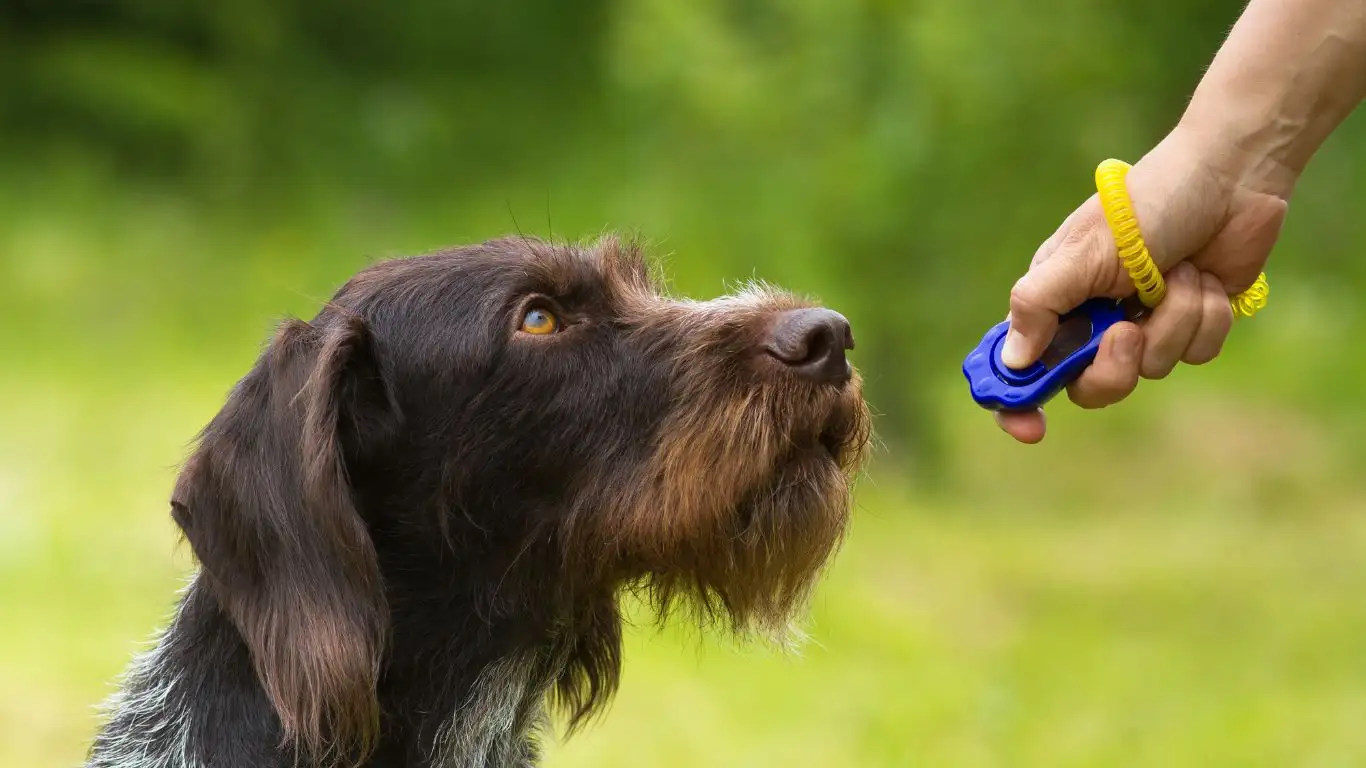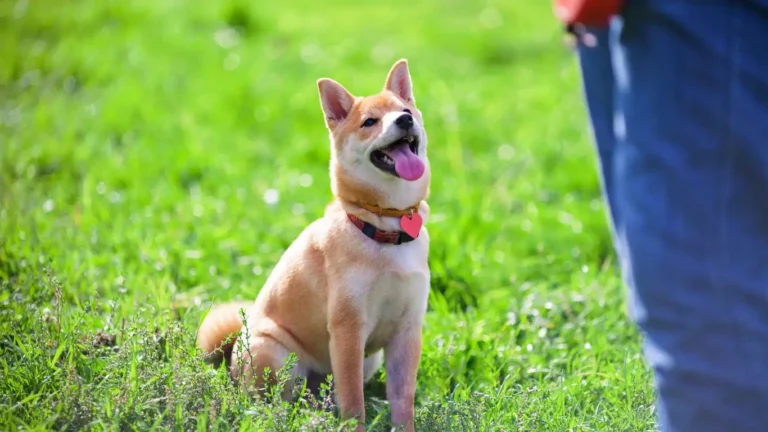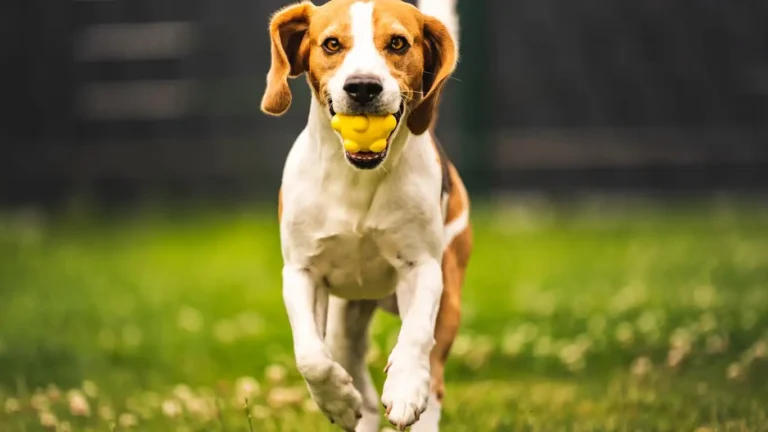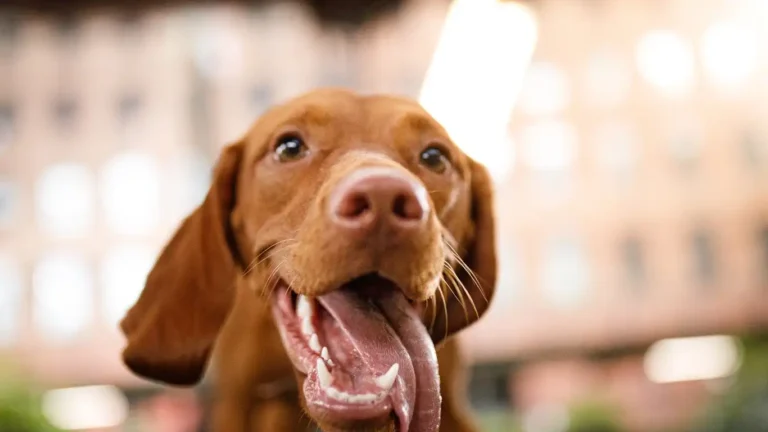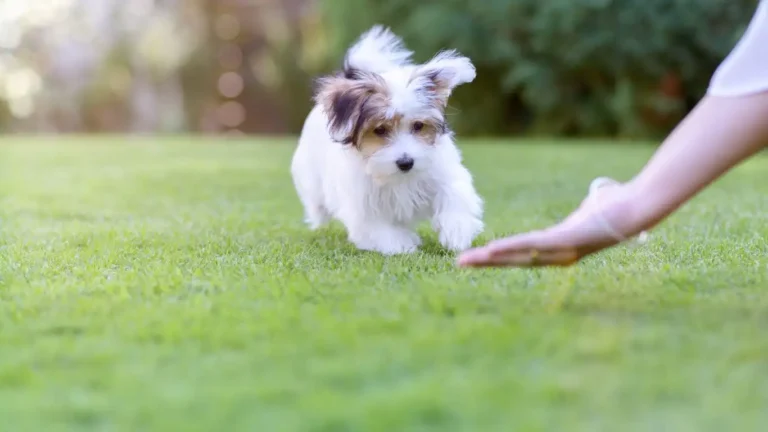How to Train Your Dog to Tolerate Wearing a Cone – Easy Steps for Success
If you’ve ever had to put a cone on your dog after surgery or an injury, you know how tough it can be. Dogs generally don’t love the idea of wearing a cone (also called an Elizabethan collar or E-collar). It’s bulky, awkward, and limits their movement, not to mention the frustration it causes both the pet and the pet owner. As a Certified Professional Dog Trainer (CPDT-KA), I’ve worked with many clients and their dogs on how to make this experience less stressful. The good news is that with some patience, understanding, and proper training techniques, you can train your dog to tolerate wearing a cone. In this article, I’ll walk you through some steps, tips, and tricks based on my experience to help your dog adjust to this necessary but uncomfortable accessory.
Understanding Why Dogs Struggle with Cones
Before we dive into the “how,” let’s first look at why dogs dislike wearing cones in the first place. When a dog is required to wear a cone, whether it’s to prevent licking a wound, scratching stitches, or just for general recovery, it can cause them a lot of distress. Dogs are naturally curious, and they rely heavily on their sense of smell and touch to explore the world. A cone can block their peripheral vision, make it difficult to sniff around, and, for many dogs, simply feel like an uncomfortable, foreign object around their neck.
Additionally, the lack of mobility can make them feel restricted. Most dogs are social and love being active. A cone can take away their ability to play freely or navigate their environment the way they are used to. In some cases, dogs might even feel trapped or confused, which can lead to behavioral issues like anxiety, fear, or aggression toward the cone.
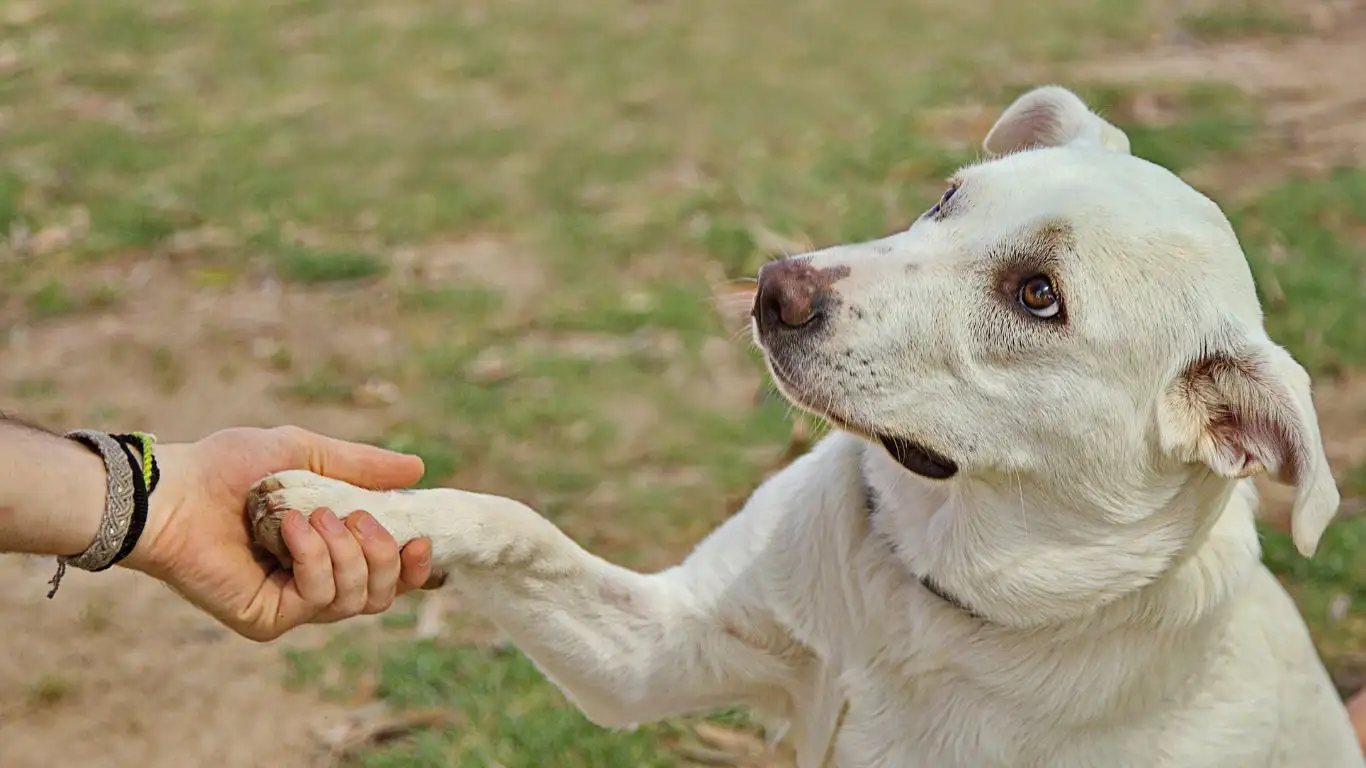
Start with the Right Type of Cone
One of the most important steps when teaching your dog to tolerate a cone is selecting the right one. Believe it or not, not all cones are created equal. If you’re unsure which type to use, you might want to consider a few options based on your dog’s size, breed, and comfort level. As a trainer, I’ve found that using a soft fabric cone or even a plastic collar can be less intimidating for many dogs. They still provide the same functional barrier to licking and biting, but they often look less threatening and are more flexible.
Another option gaining popularity is the inflatable collar. This style surrounds the neck area like a pillow and allows for better movement and comfort. While not all dogs can use this, it’s a great choice for those who are particularly sensitive or have short necks. Ultimately, finding the right cone that fits your dog comfortably and doesn’t cause too much distress is crucial in the training process.
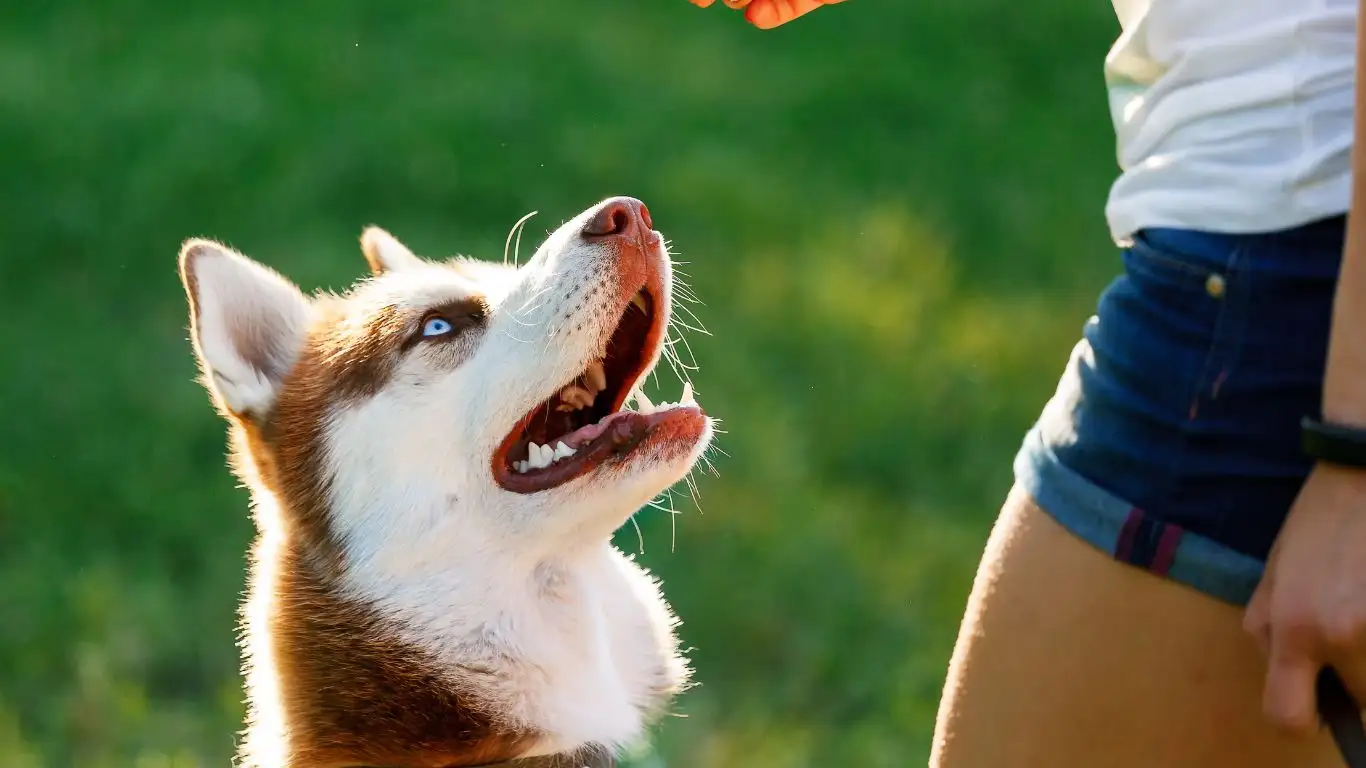
Take It Slow: The Gradual Desensitization Process
When training your dog to tolerate the cone, you don’t want to rush things. The key is gradual desensitization, which is the process of slowly introducing the cone to your dog in a way that they associate it with positive experiences instead of fear or discomfort.
- Step 1: Let your dog sniff the cone. Before even thinking about putting it on your dog, allow them to get familiar with the object. Place it on the floor and let your dog explore it at their own pace. This helps them see the cone as a non-threatening object.
- Step 2: Pair the cone with treats. Once your dog is comfortable with the cone, start associating it with something positive, like treats. Hold a treat near the cone and let your dog take it while sniffing or touching the cone.
- Step 3: Gently place the cone on your dog’s neck for short periods. After they’ve sniffed it, you can try gently placing the cone on your dog’s neck. Don’t fasten it just yet—just let them wear it loosely for a few seconds. Gradually increase the time they wear it, rewarding them for staying calm.
- Step 4: Attach the cone and reward for calm behavior. Once your dog seems comfortable with the cone being placed around their neck, start fastening it. Again, this should be done slowly and with lots of positive reinforcement. You can praise them or give them a treat every time they remain calm.
Consistency is key during this process. It’s important to keep the sessions short and rewarding, ensuring that your dog doesn’t feel overwhelmed. With time, they’ll start to associate the cone with positive experiences rather than fear or discomfort.
Using Positive Reinforcement Throughout the Process
Positive reinforcement plays a huge role in training. As a professional dog trainer, I’ve seen firsthand how effective rewards can be in motivating dogs. During each step of the training process, make sure to reward your dog for calm and positive behavior. This could be anything from treats and praise to their favorite toy. Over time, your dog will start to realize that wearing the cone results in something good happening, which will reduce their anxiety and fear around it.
It’s also crucial to keep the training sessions low-pressure. If your dog seems anxious or frustrated, take a step back and give them a break. The goal isn’t to force your dog into the cone, but to help them get comfortable at their own pace.

Understanding Your Dog’s Body Language
As you continue with training, it’s essential to keep a close eye on your dog’s body language. Dogs are masters at communicating how they’re feeling through their posture, facial expressions, and actions. Understanding what your dog is telling you can make all the difference in ensuring the training process goes smoothly.
For example, if your dog begins to show signs of distress—like backing away from the cone, whining, or attempting to remove it—these are clear indicators that you need to slow down the process. Pushing your dog too hard can cause them to associate the cone with negative experiences, making it even harder to train them in the future.
- Relaxed Body Posture: If your dog stands still or moves comfortably with the cone, it’s a good sign that they are adapting well to it.
- Signs of Anxiety: Look out for behaviors like excessive panting, drooling, or hiding. These are clear signals that your dog is feeling stressed.
- Calmness: If your dog calmly lies down or sits with the cone, that’s a positive sign they’re getting used to it.
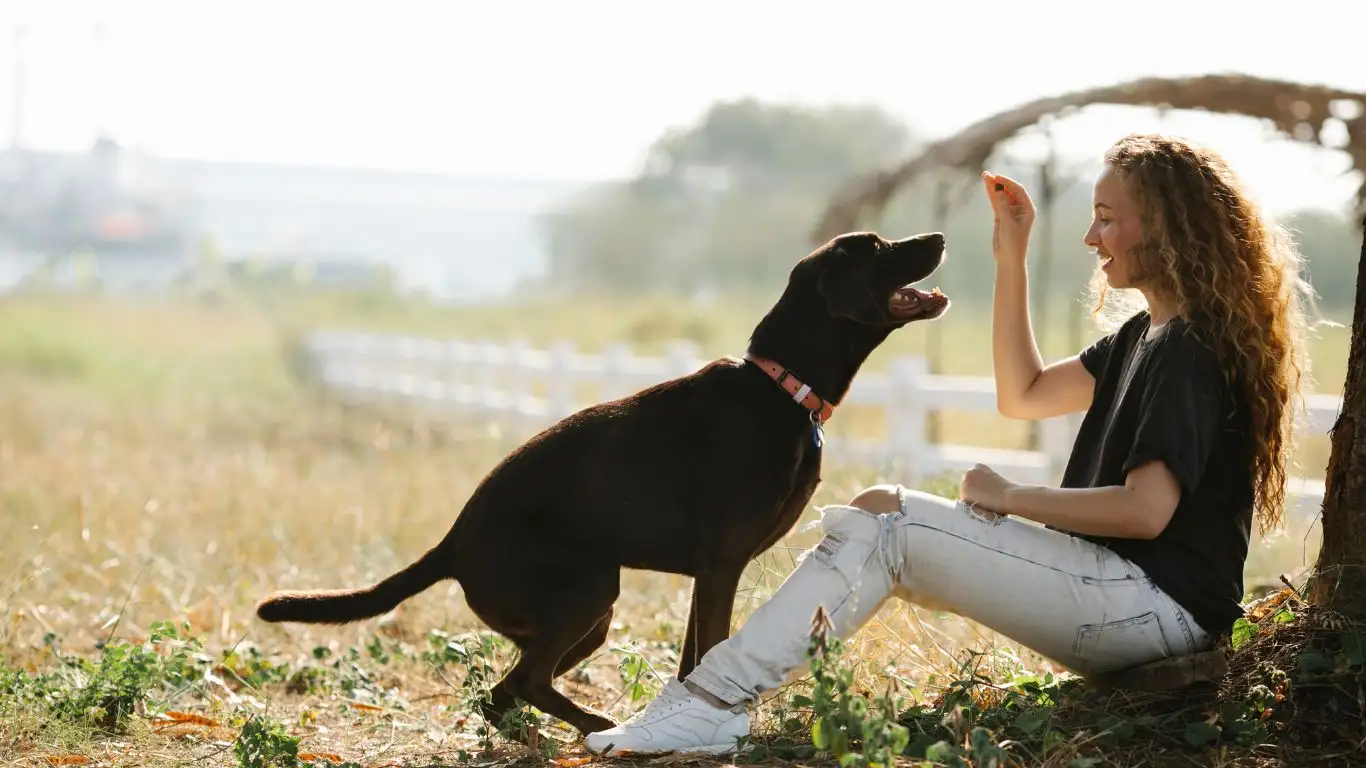
One thing I always tell my clients is that patience is key. Even when you’re seeing some progress, remember that dogs can have “off days.” Some dogs might take a little longer to adjust, while others might surprise you with how quickly they adapt. It all comes down to understanding your dog’s unique needs and responding accordingly.
Practice Short Sessions to Build Tolerance
Now that you’ve introduced the cone and your dog is starting to feel more comfortable with it, it’s time to increase their tolerance. But here’s the thing: you don’t want to overwhelm your dog by leaving the cone on for too long too soon. Instead, start with short sessions and gradually increase the time they wear it. This will help them get used to the feeling without feeling overwhelmed.
Start by having your dog wear the cone for just 10-15 minutes at a time. Keep the sessions low-pressure and rewarding. If your dog seems relaxed and doesn’t show signs of distress, extend the time in small increments. If your dog shows signs of discomfort, take a step back and give them a break. The goal is to build up their tolerance slowly.
- Step 1: Start with short, positive sessions—around 10 minutes. This allows your dog to get used to the cone without stressing them out.
- Step 2: Gradually increase the time. Once your dog is calm during short sessions, extend it to 20-30 minutes.
- Step 3: Keep it fun. Use toys, treats, and positive reinforcement during these sessions to make the cone feel like a good thing.
During these sessions, try to engage your dog with activities they enjoy. Whether it’s a game of fetch, some basic obedience training, or a favorite toy, keeping them distracted while wearing the cone will help them associate it with fun, positive moments. This is an excellent way to shift their focus away from any discomfort they may feel.
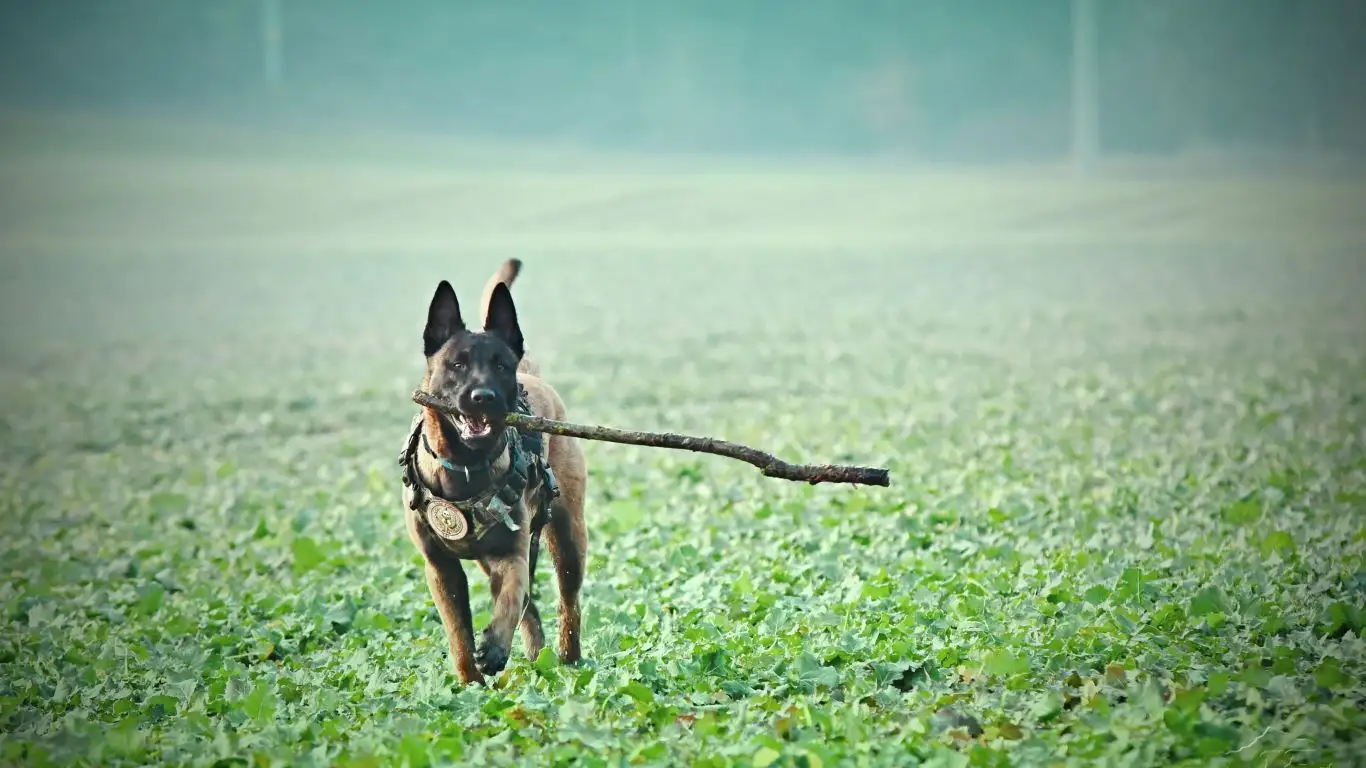
Managing and Preventing Common Issues
Even with the best training methods, issues may arise while your dog is wearing the cone. Some dogs will attempt to remove the cone, scratch at it, or even become frustrated because they can’t get around it easily. These are normal behaviors, but there are some ways to help manage and prevent them from becoming a bigger issue.
1. Preventing the Cone from Coming Off
Some dogs can be quite clever when it comes to removing their cones. If your dog is consistently trying to take it off, you may need to adjust the fit. The cone should be snug but not too tight, and it should sit comfortably around your dog’s neck. If it’s too loose, your dog might be able to wiggle it off. If it’s too tight, they might become more agitated. You want a fit that’s secure, but not uncomfortable.
If your dog is persistently removing the cone, try using a different type of collar or wrap the base of the cone with a cloth to make it harder for them to grip. Alternatively, there are specialized products, like collar retainers or cone extenders, that can help prevent your dog from slipping the cone off their head.
2. Managing Frustration and Anxiety
It’s totally normal for some dogs to get frustrated or anxious while wearing a cone. This frustration can sometimes result in unwanted behaviors, like excessive licking of the cone, pawing at it, or vocalizing. One way to manage this is by offering your dog something to do while they’re wearing the cone.
Interactive toys, like food-dispensing puzzles, can keep your dog’s mind occupied and help take their focus off the discomfort of wearing the cone. Additionally, incorporating regular training sessions that focus on obedience and relaxation can help alleviate the stress associated with the cone.
Remember, some dogs might need more time to adapt than others, and that’s okay. With consistent training, positive reinforcement, and a bit of patience, your dog will eventually learn to tolerate the cone without all the stress.
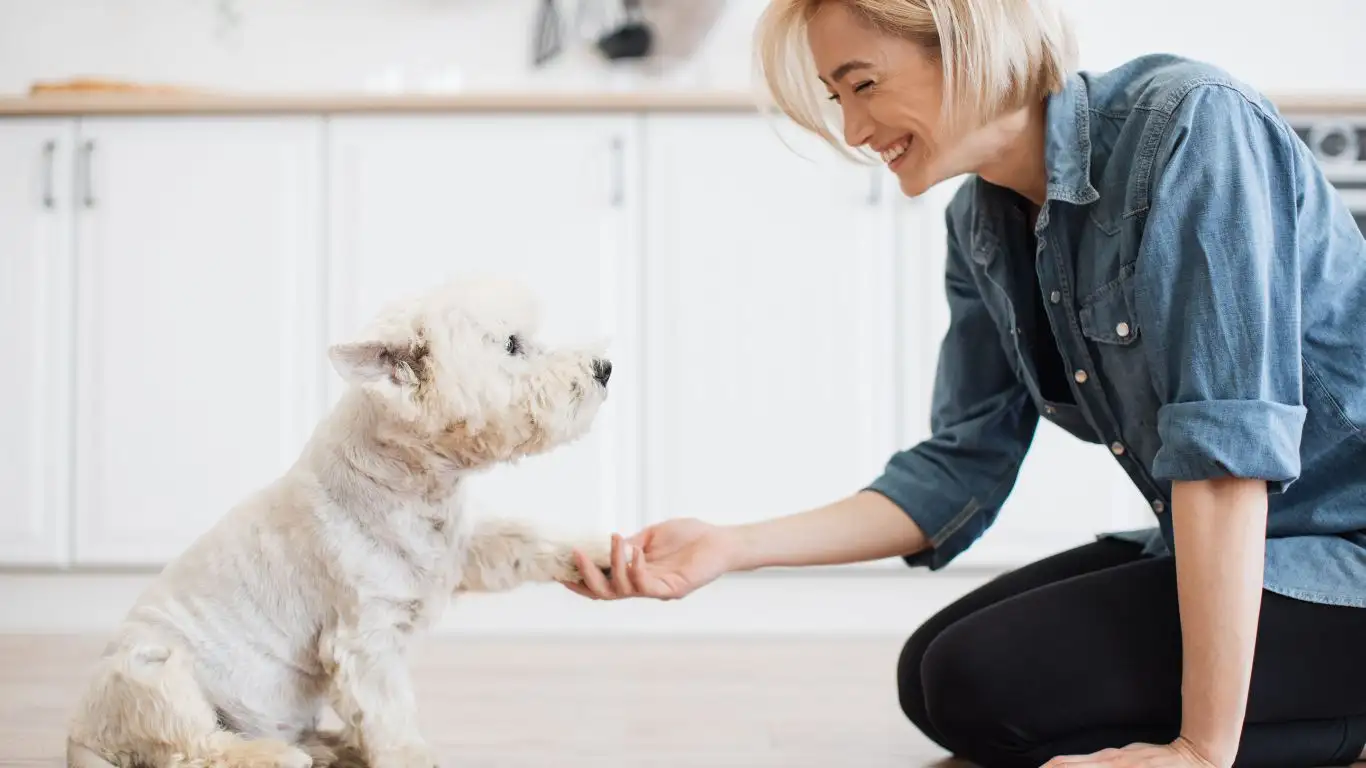
Handling Setbacks and Challenges in Training
Training your dog to tolerate wearing a cone is rarely a linear process. As with any type of dog training, there will be ups and downs along the way. In some cases, you might hit a roadblock or experience setbacks. The key to success here is consistency and not getting discouraged. Dogs, much like people, have their good days and bad days. It’s important to adjust your expectations and take things one step at a time.
For example, I once worked with a dog named Max, a Golden Retriever, who just could not get used to the cone. No matter what we tried, he would throw tantrums and try to shake the cone off constantly. It was frustrating for both Max and his owner. But after a few more training sessions with positive reinforcement, we found that Max responded best when the cone was paired with activities that distracted him. Short walks around the yard, combined with playtime, allowed him to slowly accept the cone without feeling overwhelmed.
Here are a few common setbacks that might arise and how you can deal with them:
- Reluctance to Wear the Cone for Long Periods: Some dogs just need more time to adjust. If your dog is still struggling with longer periods of wearing the cone, try breaking it up into shorter sessions. Gradually build up the time they spend with it, keeping it fun and rewarding in between.
- Increased Anxiety or Aggression: If your dog becomes more anxious or even aggressive when wearing the cone, it may be a sign that you’re moving too fast. Go back to the earlier steps and focus more on desensitization, making sure they feel calm and confident before extending the training.
- Destructive Behavior: Some dogs, particularly more energetic or curious breeds, may try to remove the cone in destructive ways. If this happens, consider using a more secure cone or consult with your vet about alternative options like the inflatable collars, which are harder for some dogs to remove.
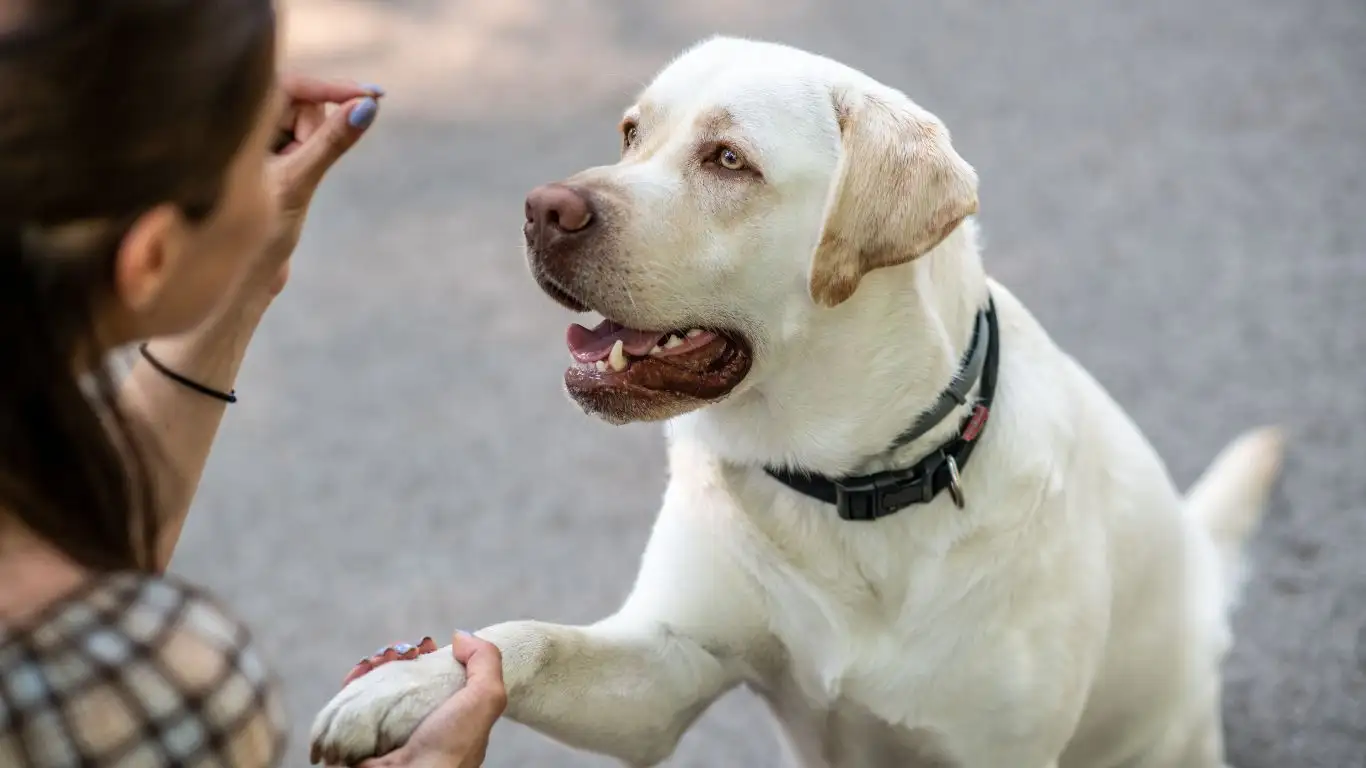
Alternative Solutions for Dogs Who Struggle with Cones
If, after working through these steps, your dog is still having a hard time adjusting to the cone, there are a few alternatives you can try. While the cone is one of the most common tools used for post-surgery care, it’s not the only option out there. It’s important to remember that your dog’s well-being is the top priority, so if the cone just isn’t working, there are alternatives that can achieve the same result.
1. The Inflatable Collar
The inflatable collar is a great alternative for dogs who find traditional cones uncomfortable or restrictive. It wraps around your dog’s neck like a pillow, allowing them to see and move more freely. While it doesn’t provide the same level of restriction around the neck as a traditional cone, it can still prevent your dog from reaching wounds or stitches. I’ve seen many dogs respond better to the inflatable collar, especially those who struggle with anxiety or restlessness. It’s also easier for them to sleep or eat with the inflatable collar on, making it a more comfortable option overall.
2. Soft Recovery Collars
Similar to the inflatable collar, soft recovery collars are another great choice for dogs who need something more comfortable than a traditional hard plastic cone. These collars are often made of fabric and are less bulky, allowing for more mobility. They tend to be gentler on your dog’s neck while still limiting their ability to lick or scratch at injuries. Just make sure the collar fits snugly enough to prevent your dog from pulling it off.
3. Surgical Recovery Suits
If the issue is more about licking or scratching a specific area, another alternative to consider is a surgical recovery suit. These suits fit snugly around your dog’s body and cover the areas that need protection, such as the abdomen or limbs. They are less intrusive than a cone and can be a great solution for some dogs. However, they might not be appropriate for all situations, so it’s always a good idea to consult with your vet before trying this option.
4. Vet-Approved Bandages or Dressings
In some cases, it may be possible to use specialized bandages or dressings to protect a specific injury or wound. This method can be used in conjunction with other alternatives to keep your dog from licking or biting at the area. However, this option often requires more frequent monitoring and maintenance than a cone would. Be sure to follow your vet’s advice on how to apply and maintain these dressings.

References and Further Reading
As a certified professional dog trainer, my experience with canine behavior allows me to guide you through these training processes. However, there are many other great resources available online to continue learning about dog training and behavior. Some of these include:
- Google Search for More Dog Training Tips
- American Kennel Club (AKC) – Dog Training Resources
- PetMD – Expert Articles on Dog Care
- Cesar Millan – The Dog Whisperer Tips
These resources offer additional training strategies, product recommendations, and expert insights to help you care for your dog during their recovery and beyond.
Disclaimer: The advice in this article is intended for general informational purposes only. Always consult with your veterinarian or a certified dog trainer for advice tailored to your dog’s specific needs. Every dog is unique, and what works for one dog may not work for another. If you encounter any issues with your dog’s recovery or behavior, seek professional assistance immediately.
